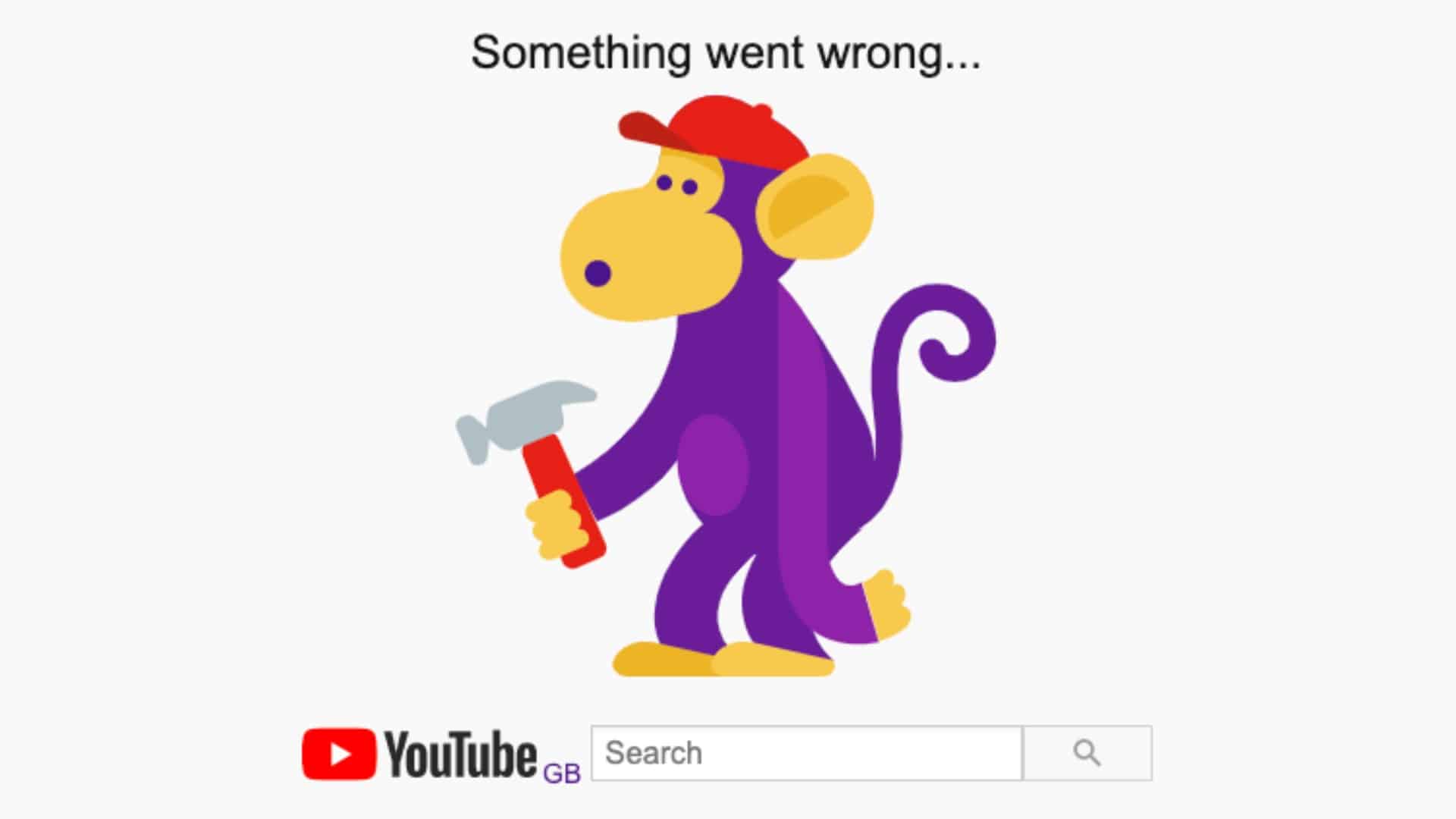In my previous article, I showed a straightforward way to block ads on YouTube. I explained the reasons that I am not against ads, as well. But in the last section of the article, I refer to how irritating YouTube’s ad policy is. And this is what I want to analyze in this article. The reason that makes many of us try to find ways to block ads on YouTube.
Let’s analyze it.
It is well-known that Alphabet (Google), the owner of YouTube, is the largest online ad network. Almost every legitimate site or platform uses Alphabet ad services. Unfortunately, building a profile for targeted ads is the easiest practice to turn users into consumers. If you click on sites like Amazon and search for hardware, you show that you want to buy something similar. After a while, you will notice that the ads served to you are related to your search. And this is how it works. This is not a bad practice, except maybe privacy concerns. It might be handy, as well. Of course, this depends on how you use your browser and your settings (spoiler alert for a newer article).
Many sites utilize a lot of ads for marginal profit. You should note that Alphabet mainly uses the click-on-ad model. Most ads are only there, but there are irritating types like popups and pop-unders. Although legit sites are not a concern for malvertising (most of the time) like other shady sites (in this case, it is advisable to use AdBlock and popup blocker), that doesn’t mean that their content is not bloated. You may have noticed that using AdBlock or turning off Javascript has a better loading impact on these sites. And this is how things work in plain words. Ads make the net content accessible, although the largest sites and media rely on sponsorships. This is the main reason that I am not against ads, except for malvertising, of course. I hope you get the biggest picture here.
The thing about YouTube
As one of the largest and most successful platforms of our time, YouTube heavily relies on its ad network and campaigns. And although it is trendy, you might be surprised that it is not very profitable. You see bandwidth for every upload it costs. And YouTube has thousands of uploads daily. It might even be safe to say that if Alphabet wasn’t the owner of YouTube, it may not be a viable option. But the extensive user database, and whatever that means, is power. YouTube also has a payment method for channels that accept it and have at least 1000 subs. That was a strong move to offer better content, thus making it more appealing to users. The more time you spend on the platform, the more ads you see and the more possible clicks, profit, etc. (….). But as the platform grew, there were other things, too.
You can even understand how recommendations changed. YouTube was encouraging creators to upload videos with several minutes in duration. I think that the reason was simple. The longer a video lasts, the more a user stays on the platform (and watches ads, etc.). You should note that bandwidth costs, tho.
After TikTok’s success (which is considered a competitor, but more likely, it is not), YouTube was pushing creators to shorter videos, the YouTube Shorts, as they were called. More content is more accessible to watch, and it saves bandwidth, which is also essential. Unfortunately, that resulted in TikTok recycling in YouTube Shorts, and the worst part is that many of them are only well-covered adult content (usually leading to Onlyfans). This is unavoidable, of course. Adult content has “troubled” YouTube since its early days, and you can’t say it is the most concerning thing. Many videos have scammy content or links to them. This is far more dangerous. I hope this part makes it more accessible to you to understand how YouTube works. Let’s proceed to the ad issue of the platform.

The AdBlock issue
It is well-known that YouTube has recently taken action against adblockers. From warnings to possible lawsuits against adblockers. Adblocks are doing what their name means. They block ads. And by doing so, YouTube is losing a respectable income. But I won’t focus on whether it is right or wrong to use an adblock. I’d instead focus on why users choose to utilize adblockers on YouTube. Well, the answer is simple.
YouTube ads are bloated. They appear at the beginning of a video and in the end. But this is not the case. Depending on the duration, some ads appear while the video is being watched. It includes short-duration ads that you can’t skip to several-minute ads that, on some occasions, might be even longer than the video you are watching! This is not reasonable.
For example, let me tell you what I faced in this HWBusters video. There were ads in the beginning, in the end, and while the video was playing. There were 14 ads, 8 of them not-skippable, 6 of more than 40 seconds in duration, 3 of them about 3 minutes long, 4 of them were precisely the same and one of them I wonder if it is even considered legitimate.
That means if I watched all the ads for this video, they would be about the same duration as the video itself. This isn’t very pleasant. I want to support my favorite creators and my favorite platform, but this way, you don’t help me. And someone might say that this is how it is. If you can’t comply, you don’t use the platform. Nothing is entirely free. In this case, you are right, but not completely. I’m not saying ads are bad, but the ad-campaign model is annoying. No one would ever need to use AdBlock on YouTube if it were fairer and less irritating.
So, it is more a platform issue than mine. Some things need to change. If you (I mean YouTube) want to fight adblocks, then fight the core of the problem, not the result. And the heart of the issue is the ad policy, not the ad blocks. But let’s be honest. As I stated in my previous article, YouTube doesn’t care about adblockers. It just cares about enlarging its Premium database. It is far easier and more convenient. But to do that, it should do way more than it does now. It should offer content that might appeal more to me than annoying ad campaigns. You know (referring to YouTube) that with more irritating ads, you want to force me to get Premium to get rid of ads. Your content would be the same, tho. So, why should I do it?
And by the time you want me to pay the Premium fee, you should offer me better support. Have you ever considered it? If everyone chooses YouTube Premium, you know that you can’t provide support to all of them. So, you can’t have everything. You can’t have an extensive database and the Premium fee. You have to choose. Either you offer better content to persuade us to get Premium or improve your ad policy to convince us not to use adblockers. Of course, you can make a paywall or offer a limited time or viewing amount for free, but this would be an act of despair. And no one would benefit from it. So, changing your ad campaign model is your best bet. You should try it out.
Epilogue
As I already stated, ads are not a bad thing. The way that are offered is annoying. A better campaign would be more than adequate to improve this situation. If YouTube cares for the best of the platform, it should drastically consider improving its model. This way, everyone would be pleased. Nothing is impossible, only things you didn’t consider well or tried enough for. I hope for the best, as always.




And you also have the YouTubers built-in ads that takes even more of your time from which YouTube has not only noting to gain but lossing money because of the bandwidth they take. I believe that if someone uses an ad to promote a brand or product using the platform should take something back for the service it provides
This might be applicable.